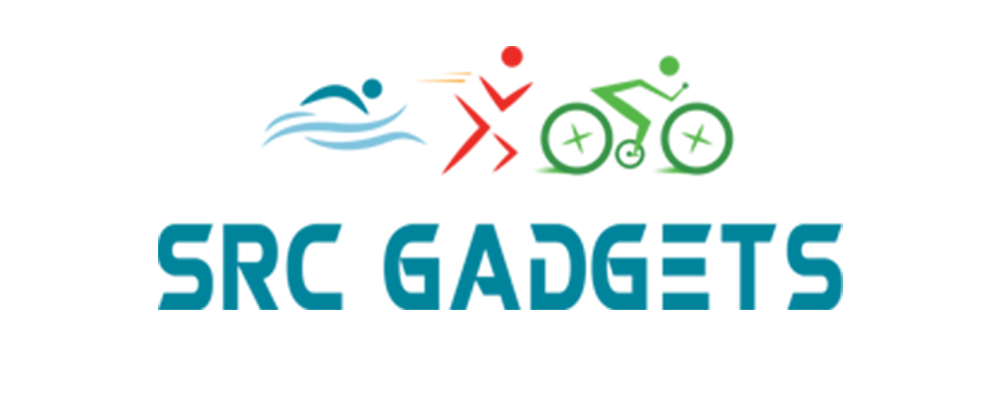Is Spinning Good for Triathlon Training?
Training for triathlons takes hard work across swimming, biking and running. Spinning is an intense indoor cycling class that has become very popular.
Many triathletes add spinning to their training plans. But is spinning actually helpful? Or does it make training for triathlons harder?
This article looks at whether spinning improves training or makes it tougher for triathletes.
Spinning vs. Outdoor Cycling in Triathlon Training
Spinning is great for focused and intense workouts indoors. It’s great if you can’t train outside because of bad weather or if you want a really specific kind of workout. Plus, it’s safe, and you can do it anytime.
Outdoor cycling, though, is key for getting the real feel of a race. It teaches you how to handle your bike properly and deal with different road conditions, and it toughens you up mentally. Plus, it’s nice to get outside and enjoy the scenery.
For the best triathlon training, you should do both. Use spinning for those hard, specific workouts and outdoor cycling to get race-ready and build your outdoor skills.
Benefits of Spinning for Triathlon Training
1. Cardiovascular Improvement
Spinning offers significant cardiovascular benefits. Its mix of high-intensity bursts and steady cycling mirrors triathlon conditions, effectively enhancing heart health and endurance.
This is vital for triathletes, as it improves their stamina and oxygen usage, which are key for the demanding nature of triathlon races.
2. Strength and Muscle Power
Spinning effectively strengthens key cycling muscles quadriceps, hamstrings, glutes, and the core. The varying resistance in spinning mimics hill cycling, building muscle strength and stamina essential for the bike segment of a triathlon.
This training ensures triathletes can pedal harder and longer, which is crucial for race day performance.
3. Convenience and Safety
Indoor spinning provides a stable and secure training environment, perfect for triathletes who face unpredictable weather. This approach ensures regular, uninterrupted workouts, free from the external risks of outdoor cycling, such as traffic or poor weather conditions.
It’s a practical solution for consistent training, enabling athletes to focus on performance without the uncertainties and hazards of the open road.
4. Controlled Environment for Training
Spinning bikes let triathletes mimic race conditions indoors. By adjusting resistance and speed, athletes can simulate hills, sprints, or other race elements.
This targeted practice prepares for cycling challenges without outdoor uncertainties. The controlled environment allows focused skill training unavailable on open roads.
Essentially, spinning bikes help triathletes train for race specifics in a safe, controlled setting.
| Benefit | Description |
| Cardiovascular Improvement | High-intensity and steady cycling boosts heart health and endurance |
| Strength and Muscle Power | Strengthens key cycling muscles like quads, hamstrings, and glutes |
| Convenience and Safety | Safe and uninterrupted workouts, ideal for bad weather |
| Controlled Environment | Allows focused training on specific race conditions |
Potential Drawbacks and Considerations
1. Lack of Real-World Cycling Experience
Spinning lacks the real-world variability of outdoor cycling. Triathlons require riding on open roads with changing terrain, weather, and navigation challenges. Spinning instead takes place indoors, where conditions are predictable and controlled.
This means spinning does not help develop key outdoor cycling skills like handling different terrains, adapting to weather shifts, and navigating efficiently.
These practical abilities are vital for both performance and safety in a triathlon.
So, while spinning provides cardiovascular and muscle benefits, its detached indoor setting omits the real-life experiences essential for triathlon race day.
2. Risk of Overtraining
A triathlete who spends too much time spinning may neglect the other two disciplines. Triathlons require skills in swimming, cycling, and running. Training should be evenly distributed across all three areas to prevent overuse injuries and ensure well-rounded fitness.
Balancing spinning sessions with swimming and running workouts helps maintain this equilibrium. This balanced approach not only prevents overtraining in one area but also builds comprehensive strength and endurance, essential for triathlon success.
3. Limited Skill Development
While spinning is excellent for building stamina and strength, it results in limited skill development of specific cycling skills crucial for triathlons. Skills like maintaining balance, executing precise turns, and adeptly handling a bike are essential for the outdoor cycling segment, ensuring efficient and safe performance.
Since spinning uses stationary bikes, it does not provide the opportunity to practice these vital skills, as it lacks the dynamic and unpredictable elements of outdoor cycling.
For well-rounded preparation, triathletes need to complement their spinning sessions with regular outdoor rides, where they can practice and refine these cycling skills that spinning does not sufficiently develop.
| Drawback | Description |
| Lack of Real-World Experience | Does not mimic outdoor cycling variables and challenges |
| Risk of Overtraining | May lead to neglecting swimming and running disciplines |
| Limited Skill Development | Does not develop certain cycling skills essential for triathlons |
Incorporating Spinning into Triathlon Training
Creating a Balanced Training Schedule
Designing an effective training plan for a triathlete involves carefully blending different workouts. This includes incorporating spinning, along with swimming, running, and outdoor cycling.
Spinning is especially beneficial for high-intensity interval training (HIIT), which boosts stamina and speed. It’s a great alternative for days when weather or other conditions prevent outdoor activities.
By strategically scheduling spinning sessions alongside other disciplines, triathletes can ensure a well-rounded preparation, enhancing overall performance in triathlons.
This approach allows for a comprehensive workout routine that addresses all aspects of triathlon fitness without relying on just one method. Spinning thereby complements outdoor cycling and other sports for balanced skill development.
Specific Workouts and Regimens
To make spinning workouts more beneficial for triathlon training, it’s important to design them to resemble actual race conditions. This involves three key types of exercises:
1. Intervals:
Short, intense bursts of pedaling followed by rest periods. This enhances speed and stamina.
2. Hill Simulations:
Increasing resistance to imitate uphill cycling, building strength for race hill climbs.
3. Endurance Rides:
Longer, moderate-intensity workouts to boost sustained cycling stamina.
These workouts ensure a well-rounded spinning regimen, preparing athletes for triathlon’s diverse cycling challenges.
Monitoring Progress and Adjustments
Effective monitoring during spinning is key for triathletes. Key metrics include heart rate, power output, and perceived exertion.
Heart rate monitoring ensures appropriate intensity training, and power output measures efforts indicating improvements in strength and endurance. Perceived exertion balances objective data with physical sensations.
Regular analysis of these metrics allows triathletes to adjust spinning workouts to align with training goals. Adjustments may involve altering the workout’s intensity, duration, or type, ensuring continuous improvement and optimal contribution to triathlon training.
Monitoring progress and metric-based adjustments are crucial to maximize the benefits of spinning for triathlon preparation.
| Workout Type | Description |
| Intervals | Short bursts of pedaling with rest periods for speed and stamina |
| Hill Simulations | Increased resistance for uphill cycling strength |
| Endurance Rides | Longer sessions at moderate intensity for sustained stamina |
Conclusion
Spinning gives good fitness gains from hard indoor workouts. But outdoor riding teaches real racing skills. Doing both is best for training. Spinning safely improves fitness. Outdoor riding gives practice with real conditions. Combining spinning and outdoor riding preps, triathletes do their best.

